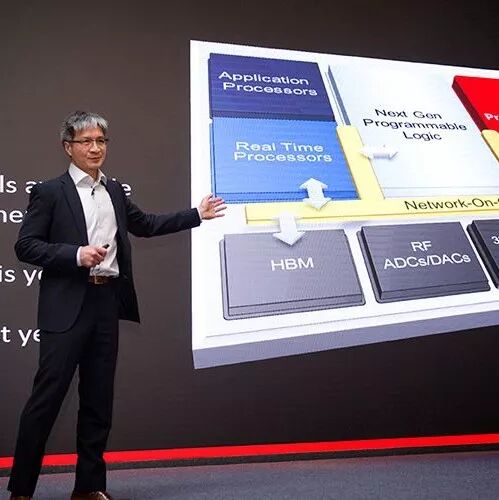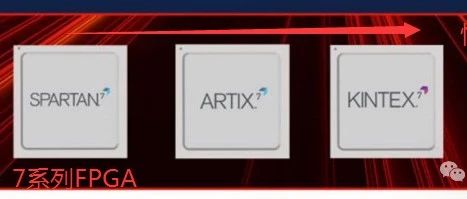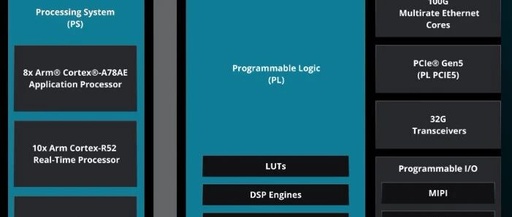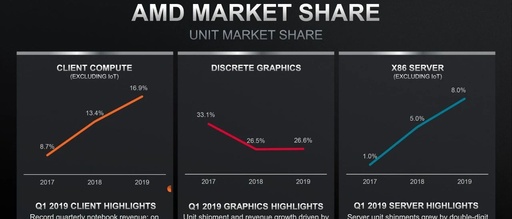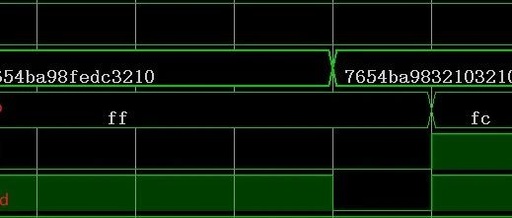Xilinx, the Inventor of FPGA, Launches a New Product that Surpasses FPGA
For Xilinx, the world’s largest FPGA manufacturer, 2018 can be seen as a new starting point. On January 29 of this year, Xilinx welcomed its fourth CEO, Victor Peng, a veteran with ten years at Xilinx and extensive experience in CPU, GPU, and FPGA. More importantly, Xilinx has also embraced a new development strategy, particularly … Read more
